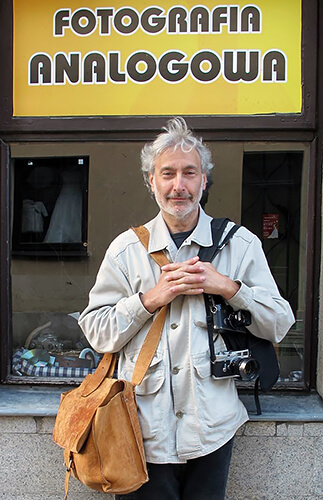In his 40-year career, freelance photographer Chuck Fishman has focused on social and political issues with a strong humanistic concern.
His work has been extensively published, exhibited, and collected worldwide, and has earned him the prestigious World Press Photo Foundation Medal four times.
His photographs have appeared on the covers of Time, Life, Fortune, Newsweek, The London Sunday Times, The Economist and numerous others, and have been selected for publication in the American Photography and Communication Arts juried annuals. Chuck's work is included in the collections of the Smithsonian National Portrait Gallery, Center for Creative Photography, the United Nations, as well as private and corporate collections.
Chuck's first monograph, Polish Jews: The Final Chapter, was published in 1977 in the United States. He has worked on book projects for publishers worldwide, from France to Singapore to Papua New Guinea.
Exhibitions of his work include one-man shows in the United States and Europe, and in influential group exhibitions globally, including the International Center of Photography and the Pingyao International Photography Festival, among many others.
v
Chuck was named the "Project Ambassador" in photography for POLIN: The Museum of the History of Polish Jews in Warsaw.
He lives in New York with his wife Susan.
"My work is a personal approach to reportage photography. I strive to find the human in humanity, showing our wonderful gestures, secrets, flaws and desires."
